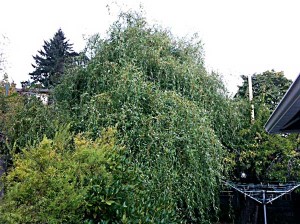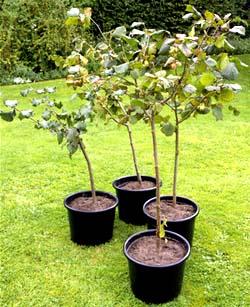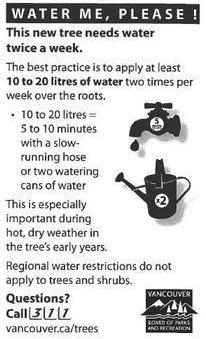 With the soil being so saturated, it could cause your trees to uproot. When there is a break in the weather, you might want to check the trees on your property and if you have any concerns, please call us at (250)-748-4489.
With the soil being so saturated, it could cause your trees to uproot. When there is a break in the weather, you might want to check the trees on your property and if you have any concerns, please call us at (250)-748-4489.
This video shows a tree falling without warning on a highway in Washington State.

 October is also a good time to get deciduous hedges and those big trees pruned before the winter gales.
October is also a good time to get deciduous hedges and those big trees pruned before the winter gales.
 Well, yes and no. It depends.
Well, yes and no. It depends. Young trees, whether planted by you or by your municipality need lots of help to get established.
Young trees, whether planted by you or by your municipality need lots of help to get established.